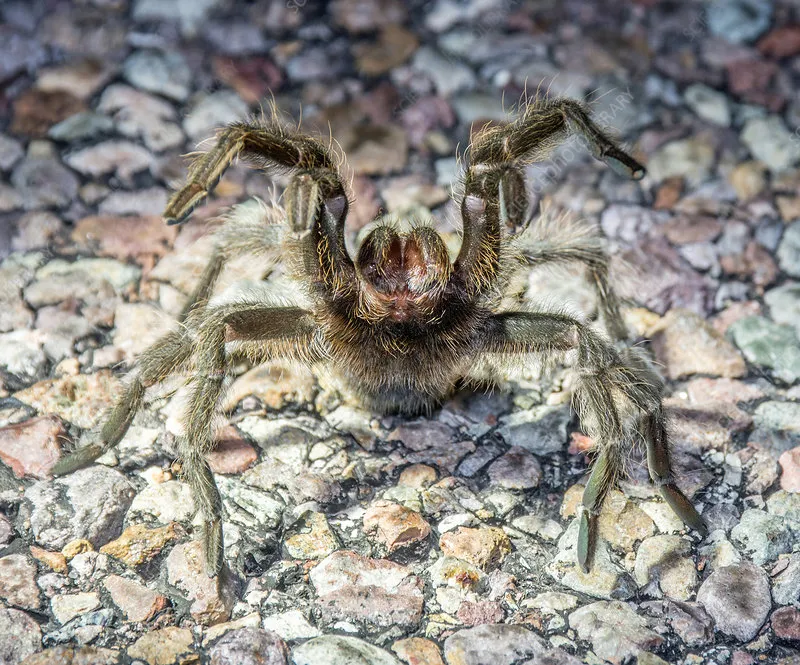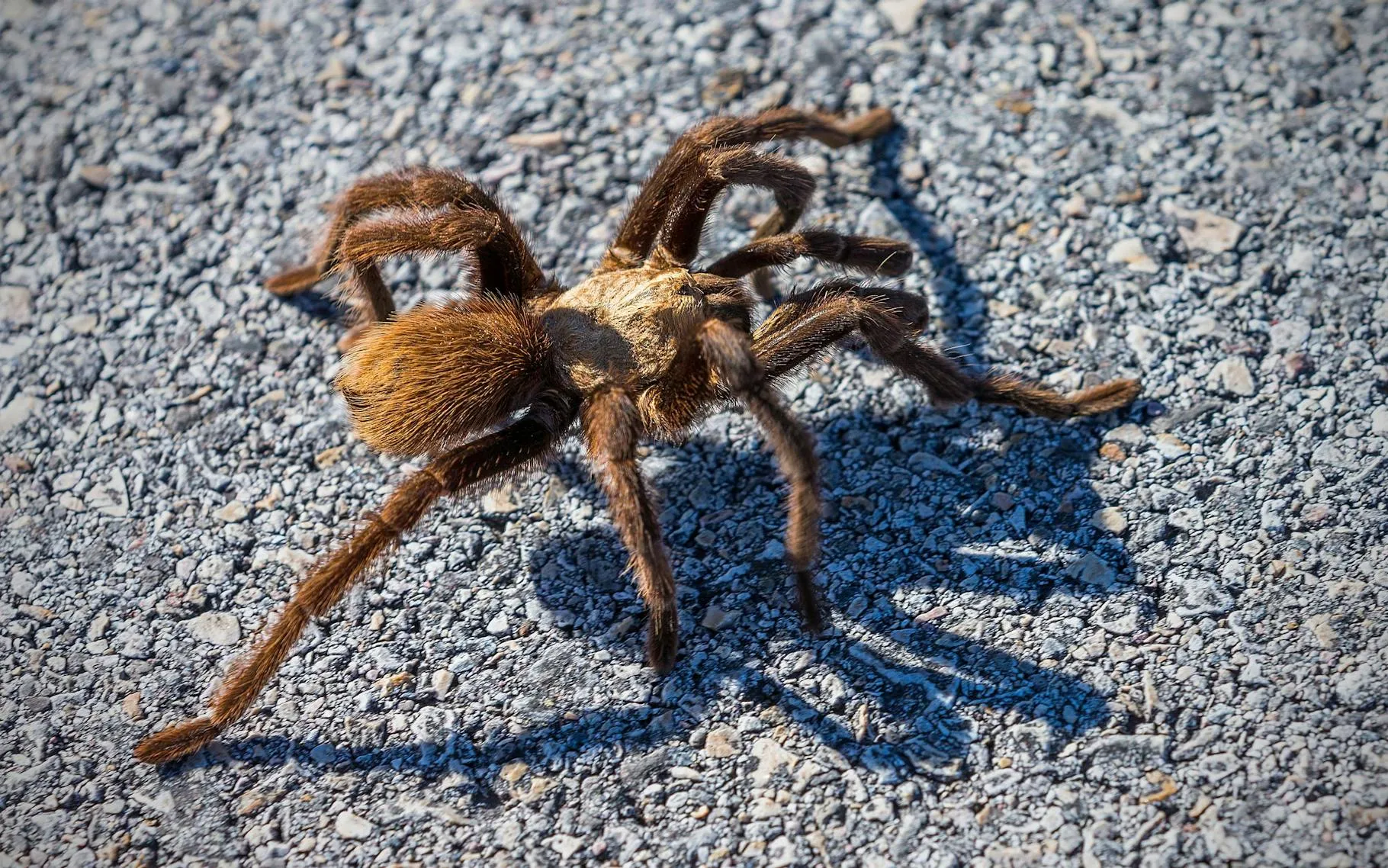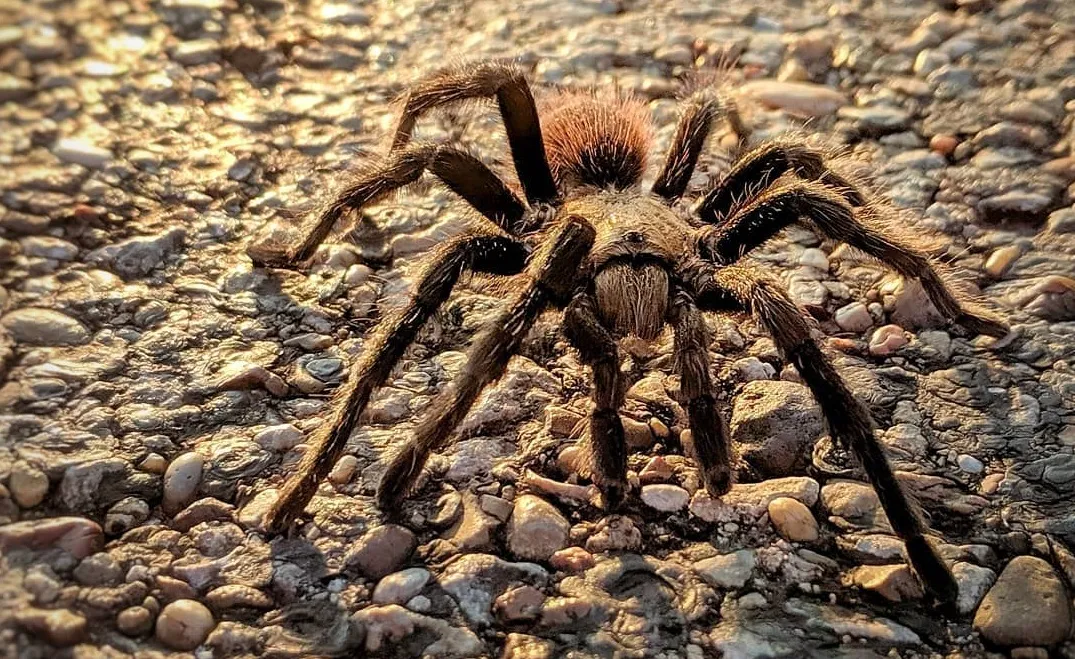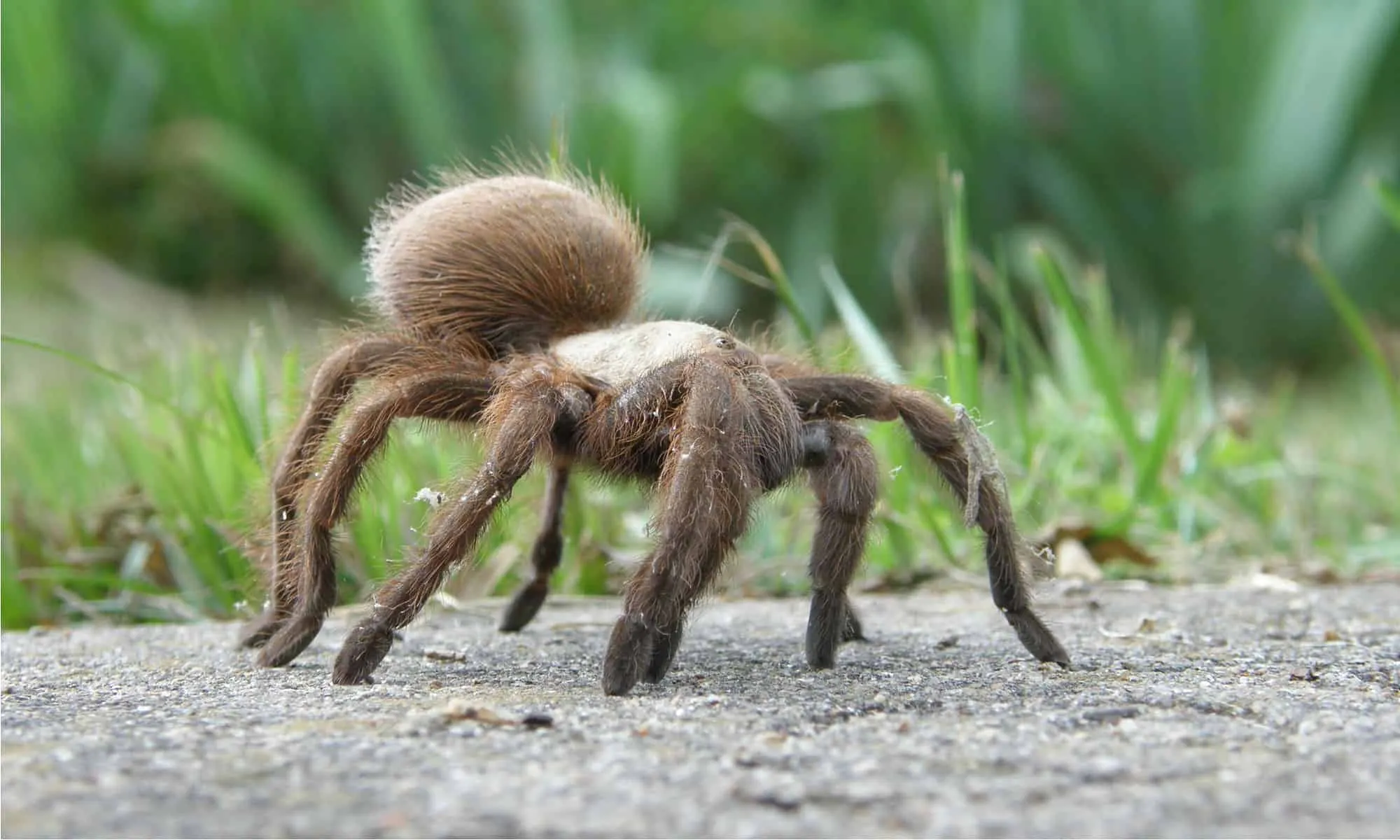Texas Tarantula Guide Top 5 Facts!
Texas is home to a fascinating array of wildlife, and among the most intriguing creatures is the Texas tarantula. These large, hairy spiders often spark curiosity and sometimes fear. Understanding these arachnids is key to appreciating their role in the ecosystem and ensuring safe interactions. This guide provides you with essential facts about Texas tarantulas. From identifying the biggest species to understanding their habitat, diet, and behavior, we’ll explore the world of these impressive spiders. Whether you’re a nature enthusiast, a curious homeowner, or simply someone who wants to know more, this guide is designed to provide clear, concise information. Let’s dive into the top 5 facts about Texas tarantulas.
What is the Biggest Tarantula in Texas?
The most common tarantula species in Texas is the Texas Tanratula (Aphonopelma hentzi). While there are several species of tarantulas found in the state, the Texas Tanratula is often the largest and most frequently encountered. Adult females can have a leg span of up to five inches, making them quite impressive to behold. Males are generally smaller and have longer legs relative to their body size. The size of a tarantula can vary depending on factors such as age, diet, and overall health, but the Texas Tanratula stands out as a prominent representative of these arachnids in the region. Knowing which species is biggest helps in identifying and understanding the local wildlife.
Texas Tanratula Size and Characteristics

Texas tarantulas are easily recognizable due to their size and distinct physical features. The Texas Tanratula typically has a dark brown or black body covered in fine hairs. These hairs give them a fuzzy appearance. As mentioned, females are generally larger, with a leg span that can reach five inches. The body itself can be around two to three inches long. Males are usually smaller, especially in body size. Their appearance, however, includes longer legs and often a more slender build compared to females. These spiders have eight eyes arranged in a cluster on the front of their cephalothorax (the fused head and chest). They also possess fangs, used to capture and subdue prey. Examining these characteristics helps in identifying the Texas tarantula.
Where Do Texas Tarantulas Live?
Texas tarantulas are primarily terrestrial spiders, meaning they live on the ground. They are commonly found in various habitats across Texas, including grasslands, open woodlands, and even suburban areas. They prefer to live in burrows, which they dig themselves or take over from other animals. These burrows provide shelter from the elements and protection from predators. You might find their burrows under rocks, logs, or in the soil. The distribution of these spiders is widespread, but they are most abundant in regions with suitable soil conditions and a plentiful supply of insects, which are their primary food source. Recognizing their habitat helps in knowing where you are most likely to encounter these creatures.
Texas Tarantula Habitat and Range
The range of the Texas tarantula covers a significant portion of the state, encompassing areas from central Texas to the western regions. They thrive in environments that offer a combination of suitable soil for burrowing and a consistent food supply. The spiders prefer areas with moderate humidity and temperatures, avoiding extremely arid or cold conditions. You might find them in areas with sparse vegetation, allowing them to hunt effectively. The habitats can vary, from prairies to open woodlands, but the common factor is the presence of suitable burrowing sites. Understanding their habitat and range helps us to appreciate the conditions that allow these fascinating creatures to thrive in the Lone Star State.
What Do Texas Tarantulas Eat?

Texas tarantulas are primarily carnivorous, with their diet consisting mainly of insects. Crickets, grasshoppers, beetles, and other invertebrates are common prey items. Larger tarantulas may also consume small vertebrates, such as lizards, rodents, and even small birds. They are ambush predators, meaning they wait in their burrows or near their entrances, ready to pounce on unsuspecting prey that comes within reach. When a prey item is close enough, the tarantula swiftly attacks, injecting venom to immobilize it. The spider then uses digestive enzymes to break down the prey’s soft tissues, which it consumes. Their dietary habits play a crucial role in controlling insect populations within their ecosystems. The main source of nutrition is insects and small vertebrates.
Texas Tarantula Diet and Feeding Habits
The feeding habits of Texas tarantulas are fascinating. They are opportunistic eaters, meaning they will consume whatever prey is available. Their diet varies depending on the season and the availability of food sources. Tarantulas typically eat every few days or weeks, depending on their size and the abundance of prey. Young tarantulas need to eat more frequently than adults. The spiders have strong jaws and fangs that they use to capture and subdue their prey. They inject venom to paralyze the prey, making it easier to consume. They then use digestive enzymes to break down the prey’s internal organs. This liquid is then ingested by the spider. Their feeding habits are a testament to their role as effective predators in their environment.
Are Texas Tarantulas Dangerous?
Texas tarantulas are not generally considered dangerous to humans. While they do possess venom, it is not very potent and is similar to a bee sting. They are unlikely to bite unless provoked or threatened. The venom primarily serves to immobilize their prey. The greatest danger associated with Texas tarantulas comes from their urticating hairs. These tiny hairs are located on their abdomen and can be released when the spider feels threatened. The hairs can cause skin irritation and, if inhaled, can cause respiratory issues. For most people, the effects of a tarantula bite or contact with urticating hairs are mild. However, anyone with allergies should exercise extra caution. Understanding their behavior and potential defense mechanisms helps in safely interacting with these creatures.
Texas Tarantula Venom and Bites

As mentioned, the venom of a Texas tarantula is not highly toxic to humans. A bite from a tarantula is often compared to a bee sting, causing localized pain, redness, and swelling. In rare cases, individuals with allergies or sensitivities may experience more severe reactions. The venom is primarily designed to paralyze their prey, which makes it effective against insects and small animals. If bitten, it is recommended to clean the wound with soap and water and monitor for any signs of infection or allergic reaction. Unlike some other spider species, Texas tarantulas are not aggressive and will only bite as a last resort. Learning about their venom and bite characteristics helps to clarify common misconceptions about these spiders.
How to Handle a Texas Tarantula Safely
If you encounter a Texas tarantula and need to handle it, there are some safety precautions to consider. It is generally best to avoid handling tarantulas unless absolutely necessary. If you must handle one, use gentle movements and avoid sudden motions that could startle the spider. The best approach is to use a wide container or a cup to gently coax the spider into it. Avoid touching the spider directly, as this may provoke a defensive response. If you do need to handle it, be aware of the urticating hairs. Do not touch the abdomen of the tarantula, as this is where the hairs are located. Always wash your hands thoroughly after any contact. Always respect their space and minimize any unnecessary interaction. Understanding their behavior is vital.
Texas Tarantula Handling Precautions
There are several precautions that should be taken when handling Texas tarantulas. Always be mindful of their potential to release urticating hairs, and take steps to avoid inhaling or touching them. It is essential to wear gloves when handling a tarantula. Be sure to handle them in a controlled environment, away from any areas where they could escape. After handling a tarantula, wash your hands thoroughly. Never put your face close to the spider. Educate yourself about tarantula behavior, as well as any relevant safety measures. By following these precautions, you can minimize the risk of any adverse reaction. It is crucial to practice responsible and respectful behavior when interacting with Texas tarantulas.
